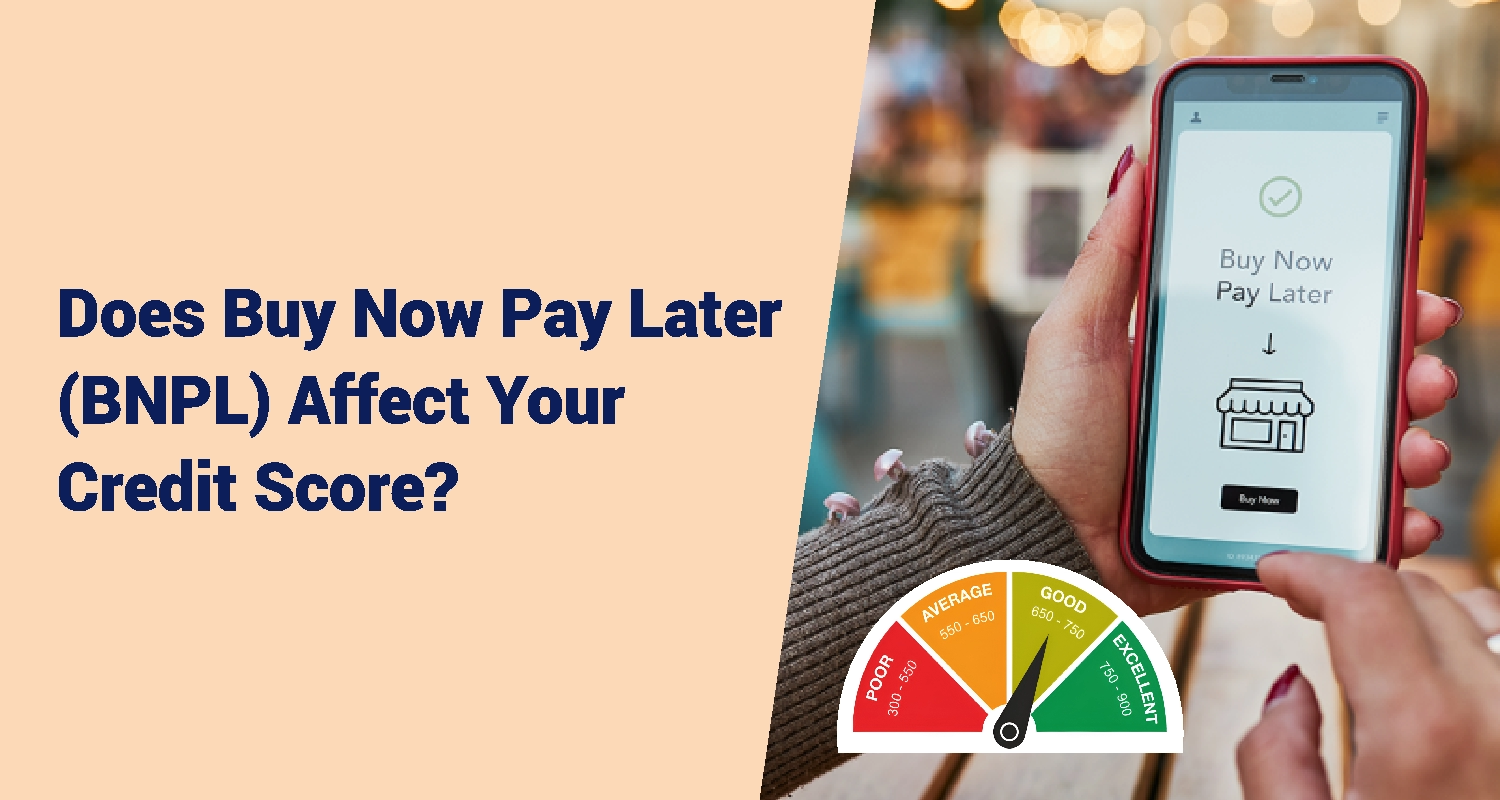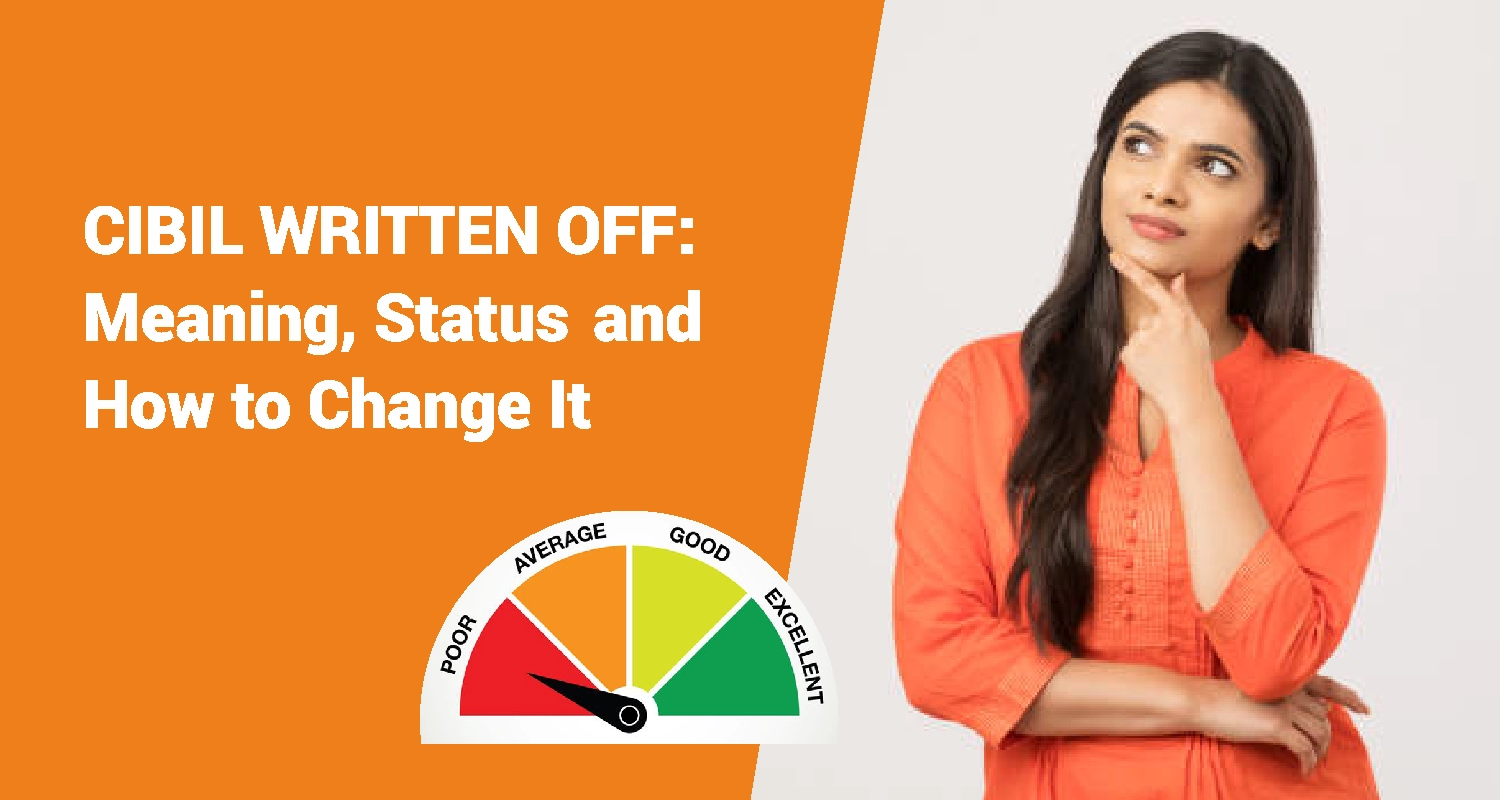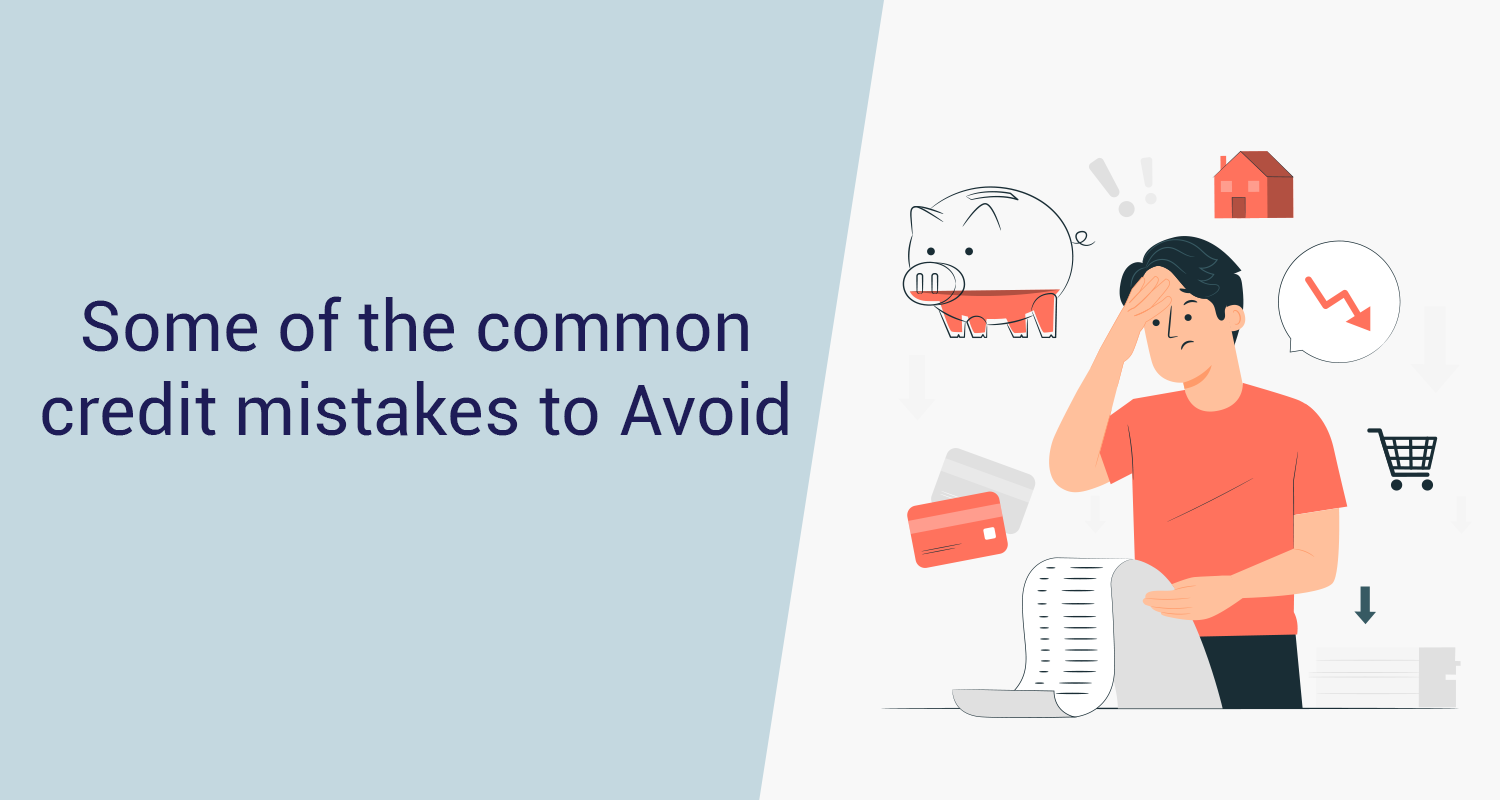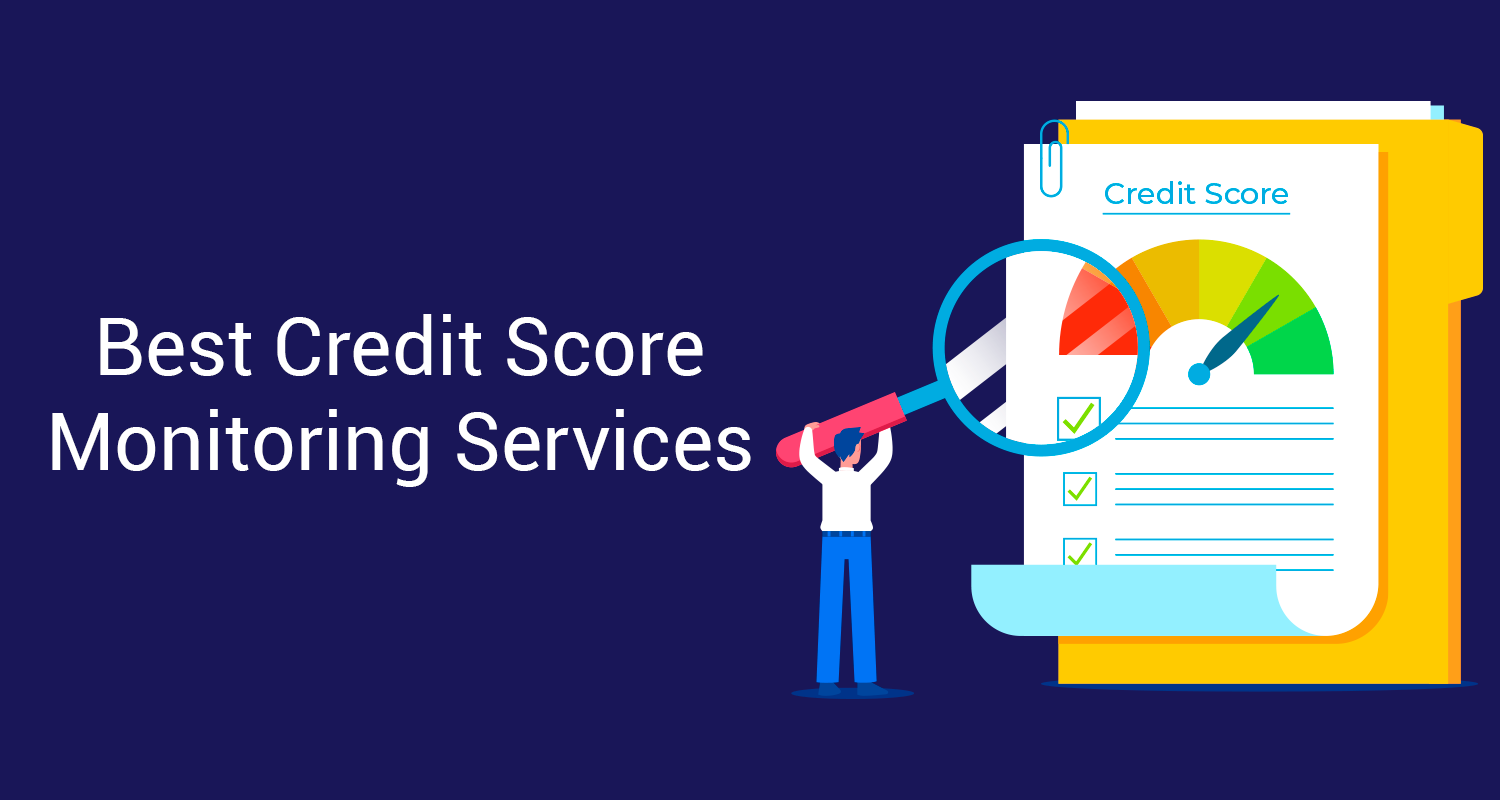4 Steps to Protect Yourself from Credit Fraud and Identity Theft
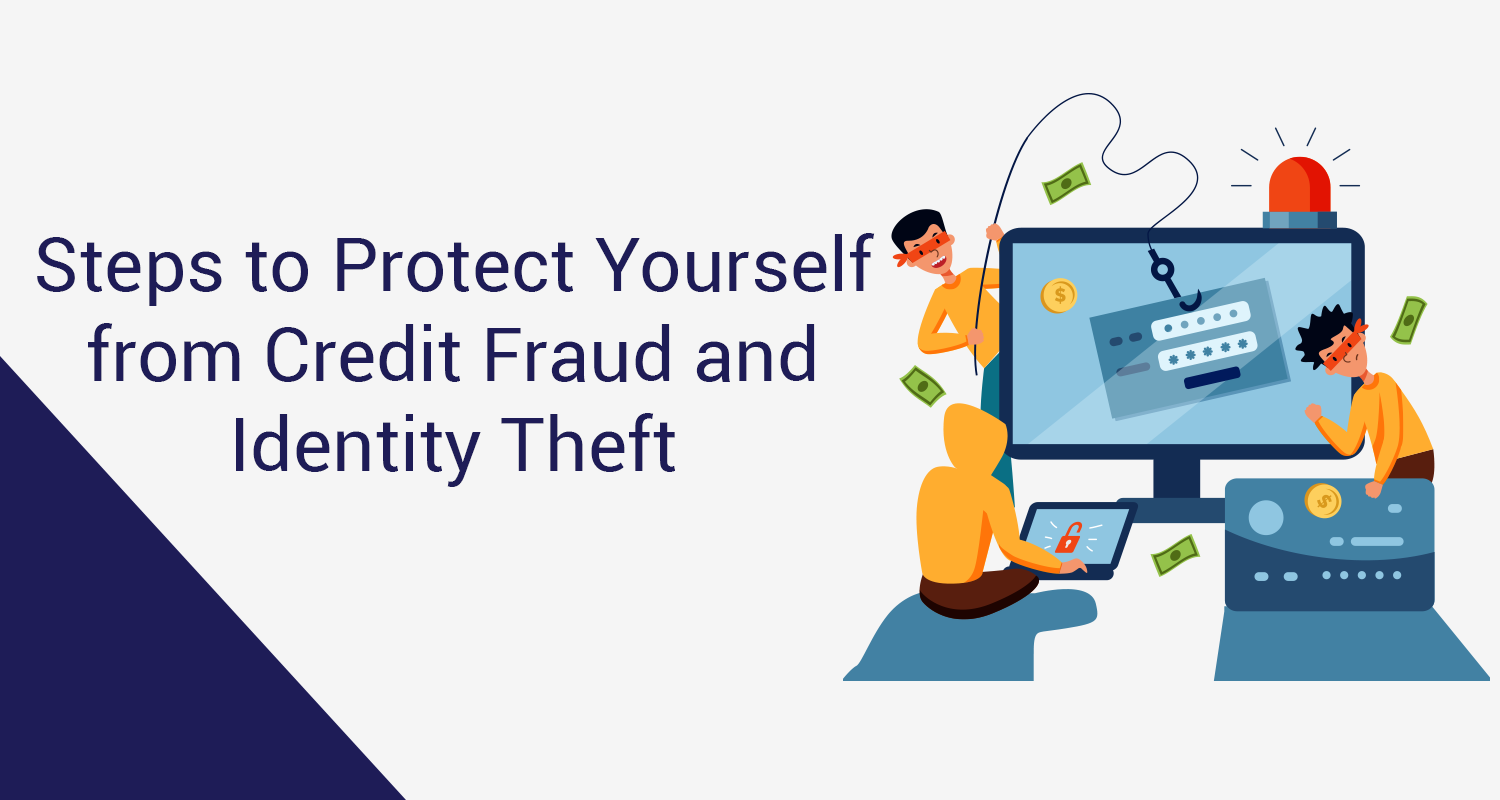
In today’s era of predominant usage of digital gadgets, convenience often comes at the price of security. The threat of credit card fraud appears large leaving individuals vulnerable to financial exploitation and identity theft resulting in long-lasting penalties. Credit card fraud is a great crime as someone illegally gets and uses your credit card information leading to unauthorised purchases. If you remember Sandra Bullock’s movie The Net, where her identity is hacked leaving her helpless, much like a real-life credit card fraud can devastate individuals by disrupting their financial security. It is very crucial to know if your data is safe as criminals use a variety of methods to get access to your confidential data and your accounts. With new theft practices, it's all the more important to be vigilant in proactively protecting your personal and financial information. This blog discusses a few tips to be on your safeguard.
What is credit fraud?
Credit card fraud happens when someone illegally uses someone else’s credit card information to make purchases or withdrawals. It affects millions every year and with the increased usage of digital gadgets, credit fraud is on the rise. Fraudsters can steal your credit card information or use your personal information to cause significant financial loss.
Credit fraud is severe to the victim including damage to his credit score, financial loss, and a long process of resolving the fraudulent activity with financial companies. Credit fraud can only and only be safeguarded by protecting personal information and monitoring credit card reports.
How do I know that I have been a victim of credit card fraud? Are there any indicators?
There are some signs you need to know to keep a vigil on your credit card for any fraud.
- If your credit card or bank statement shows purchases or withdrawals not made by you
- All bills or account statements are stopped suddenly. A fraudster may be stealing them from your mailbox so that you are not aware of the theft.
- Calls about outstanding debts surprise you as you have not incurred those expenses and your cheques are refused for lack of funds
- You get medical bills for services you have not opted for
- You find that your return has already been filed by the Internal Revenue Service when you want to initiate a return
How can businesses guarantee they are correctly claiming input tax credits and avoiding fraud?
Input tax credit (ITC) fraud is the deceitful claiming of input tax credits under a value-added tax (VAT) or goods and services tax (GST) system. In many tax systems, businesses can claim credits for the tax paid on their purchases, which can be balanced against their tax liabilities.
Here are some common types of input tax credit fraud:
- Fake Invoices: To claim input tax credits for purchases never made, businesses can use fake invoices
- Circular Trading: Fake transactions are created with related parties to claim tax input credits and by this companies might be involved in circular trading and such frauds can have financial consequences
- Misreporting: Claiming more input tax credits than a company is entitled to may lead to incorrectly reporting the nature of the amount of purchase.
- Claiming Credits for Exempt Goods: Sometimes input tax credits are claimed by businesses wrongly for goods or services that are tax-free
- Non-Compliance: Unable to maintain proper records or comply with relatory requirements, businesses may falsely claim input tax credits sometimes.
Get Gold Loan at the comfort of your home
Apply NowHow does credit fraud happen?
Credit fraud and identity theft can take several forms. They depend on what personal credit fraudsters steal, and how it has been stolen.
Personal data usually targeted by criminals includes:
- Social Security numbers
- Driving licences or other government-issued photo IDs
- Credit cards, debit cards, and related account numbers
- Passwords to social media, e-commerce, and banking accounts
Criminals also get personal data in some more ways which include:
- Phishing scams: Criminals trick you into disclosing personal data in many ways like emails, phone calls, texts, social messaging, etc. The moment you cease to communicate and alert the financial institution about this conversation, you can save yourself from this scam. Do not respond to a suspicious message by clicking a link or opening a file as you might open your identity to a thief in that process.
- Data breaches: Sometimes, financial institutions also face a difficult situation because of hackers who steal information from commercial databases and at times retrieve individual data in excess for their purpose or sell it to other criminals. Alternatively, If you receive alerts from a vendor or financial institution of data breaching, you can expect a fraud alert or credit freeze in that situation. Consider signing up for a credit monitoring service that shall alert you for any new activity on your credit accounts.
- Card skimming: In this method, fraudsters steal credit card information by keeping a device on or near a legitimate card reader, such as an ATM or gas pump. This device reads the credit card information and stores it and the fraudsters retrieve the data later and use it to make unauthorised purchases. Or any other transactions. The skimming devices are difficult to detect as they blend with the legitimate card reader.
- Physical theft: Fraudsters can collate a lot of information from credit cards and other valuable IDS that are stolen as this is a great opportunity for them. An inventory of the items maintained regularly can save you from this situation.
What are the credit Fraud protection services?
It is good to know that major credit card service providers offer no fraud liability to their credit card holders. But to protect yourself from the growing theft and vulnerability of credit cards, it is crucial to know some steps to protect your credit accounts.
Secure your credit card information
The primary step is to prevent credit card fraud by keeping your personal information safe.
- Make a habit of updating your passwords regularly. Ensure you choose an exclusive password for each site respectively and select one that meets or exceeds the strong password requirements
- Avoid making purchases or logging in to your credit card account when using public Wi-Fi.
- Keep your physical card in a secure place, and be careful allowing your card out of your sight. You can just give your card number over the phone when required.
- Keeping your physical card in a secure place only you know will ensure that it does not go out of sight. Just give your card number over the phone if required on a call.
- Be vigilant of the websites you choose to save your credit card information
- Always register for e-statements as this move will ensure paperless statements to minimise access to personal information in your mail or trash folders. You can also check any important information before deleting it. Going paperless also contributes to a cleaner environment
- Remember to sign out of your accounts when they’re not in use for security measures
Monitor Your Credit Regularly
Closely monitor your credit card account and all transactions and immediately report any suspicious activity to your card issuer. Always turn on alerts that your card issuer might send either via your email or text as these alerts allow you to quickly identify any unauthorised changes.
Another way is to regularly analyse your credit report. Free services to access your credit report are available on authentic sites.
Use Secure Websites for Online Purchases
Shopping online is the need of the hour and it is recommended to always shop on secure websites that use encryption to protect your information. Be sure to always look for the lock symbol in the browser and ‘https’ in the URL. Update any security software that might be on your device. For a phone purchase, you would be using the most current software.
Be Aware of Phishing and Skimming Scams
Being vigilant of unsolicited emails, text messages or phone calls asking for personal information is a vital precautionary measure. Unless sure of the legitimacy of the request, never disclose any personal information. If there is any doubt about the authenticity, always check their website from their home page or call the financial institution or merchant directly.
While shopping physically or withdrawing cash from an ATM, it would be an advantage to always be mindful of any card reader in the vicinity. If in doubt, use the tap-to-pay option.
Use Additional Security Measures
Always go for any additional security measures that are offered by your credit card issuer for extra safety like two-factor authentication. You need to verify a second form in the form of a code sent to your phone before completing a transaction. Mobile payment services or virtual credit card numbers are also protective authentications that you can use.
Some more safety tips that you can keep in mind to protect yourself from credit fraud:
How to put a fraud alert on my credit?
Most banks will automatically send you alerts if there's suspicious activity on your accounts, but there are other alerts that you can set up to keep an eye on your accounts. Some banks offer email alerts only, while others allow you to set up both email and text alerts as well as push notifications.
If there is any suspicious activity in your accounts, banks automatically send you alerts. Besides these, there are some other alerts that you need to be vigilant about for your accounts. While some banks only send email alerts, others allow emails as well as text alerts and push notifications.
How to report misuse of PAN card?
You may follow the steps here to report misuse of your PAN card:
- The official portal of the Tax Information Network is to be visited
- Go to the ‘Customer Care’ section that's in the top right corner
- You need to select ‘Complaints/Queries’ from the drop-down box
- Details of the complaint need to be filled up, entered in the captcha, and submitted
CIBIL masking is when a loan defaulter is offered the option of clearing the past credit history. There are two ways of doing this a) by a one-time write-off and b) through a settlement which is reflected on the CIBIL score report of the borrower. This offer for altering the status of the CIBIL score is called a masking offer.
What is the CIBIL score complaint number?The Complaint or Control Number also called the Enquiry Control Number (ECN), is a special identifier CIBIL assigns to every credit report it produces. ECN is a nine-digit number that helps CIBIL identify the credit report linked with an individual's credit application.
Conclusion
In a digital age, securing your personal and financial information is crucial. You can prevent credit fraud and identity theft by staying vigilant, regularly monitoring your credit, and securing your data. The effort you put in now will help protect your financial future.
FAQs
Q1. How do you investigate credit fraud?Ans. Investigators at the bank look at the transaction data and identify likely fraud indicators. Time stamps, location data, IP addresses, and other elements can be used to prove whether the cardholder was involved in the transaction.
Q2. What happens if you do credit fraud?Ans. If you make an online purchase with someone else's credit card or use a card issued to someone in another state, you can be behind bars for up to 20 years as a penalty and pay fines and forfeiture of personal assets.
Q3. How long does credit fraudAns. An initial fraud alert will last for one year. An initial fraud alert is a good option if you are not sure whether you are a victim but are concerned about identity theft.
Q4. How do I recover money from fraud?Ans. RBI guidelines state that if you're defrauded, you need to inform the bank in writing within 3 days. Even if you report the fraud within 4 to 7 days, you may still have a chance to recover your money.
Sapna aapka. Business Loan Humara.
Apply NowDisclaimer:The information contained in this post is for general information purposes only. IIFL Finance Limited (including its associates and affiliates) ("the Company") assumes no liability or responsibility for any errors or omissions in the contents of this post and under no circumstances shall the Company be liable for any damage, loss, injury or disappointment etc. suffered by any reader. All information in this post is provided "as is", with no guarantee of completeness, accuracy, timeliness or of the results etc. obtained from the use of this information, and without warranty of any kind, express or implied, including, but not limited to warranties of performance, merchantability and fitness for a particular purpose. Given the changing nature of laws, rules and regulations, there may be delays, omissions or inaccuracies in the information contained in this post. The information on this post is provided with the understanding that the Company is not herein engaged in rendering legal, accounting, tax, or other professional advice and services. As such, it should not be used as a substitute for consultation with professional accounting, tax, legal or other competent advisers. This post may contain views and opinions which are those of the authors and do not necessarily reflect the official policy or position of any other agency or organization. This post may also contain links to external websites that are not provided or maintained by or in any way affiliated with the Company and the Company does not guarantee the accuracy, relevance, timeliness, or completeness of any information on these external websites. Any/ all (Gold/ Personal/ Business) loan product specifications and information that maybe stated in this post are subject to change from time to time, readers are advised to reach out to the Company for current specifications of the said (Gold/ Personal/ Business) loan.
